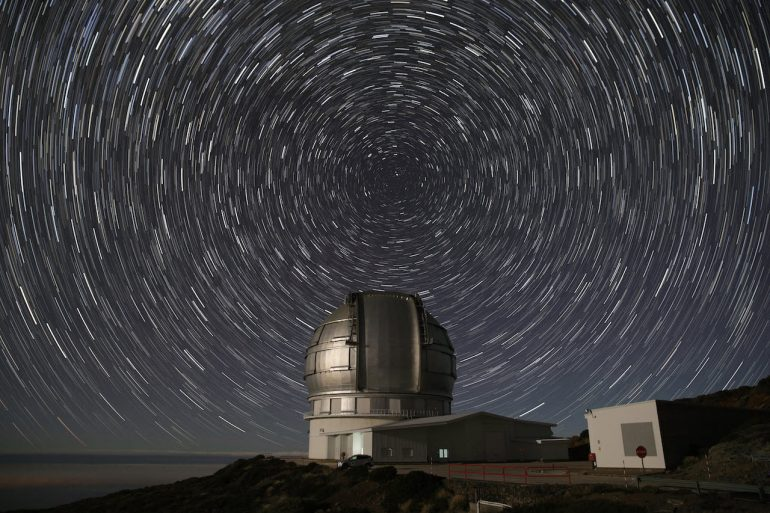
The night sky vault will be curdled from astronomical events in 2023. We chose the most impressive of the year, so you can prepare to see them.
Rings of fire, partial solar eclipses and moons of blood dominated the night sky in 2022. Month by month, in National Geographic en Español we made a compilation of the most impressive natural shows, to document them with the best photographs. Although the night sky was the scene for incredible natural phenomena, the astronomical events of 2023 promise much more.
Here’s the best for next year:
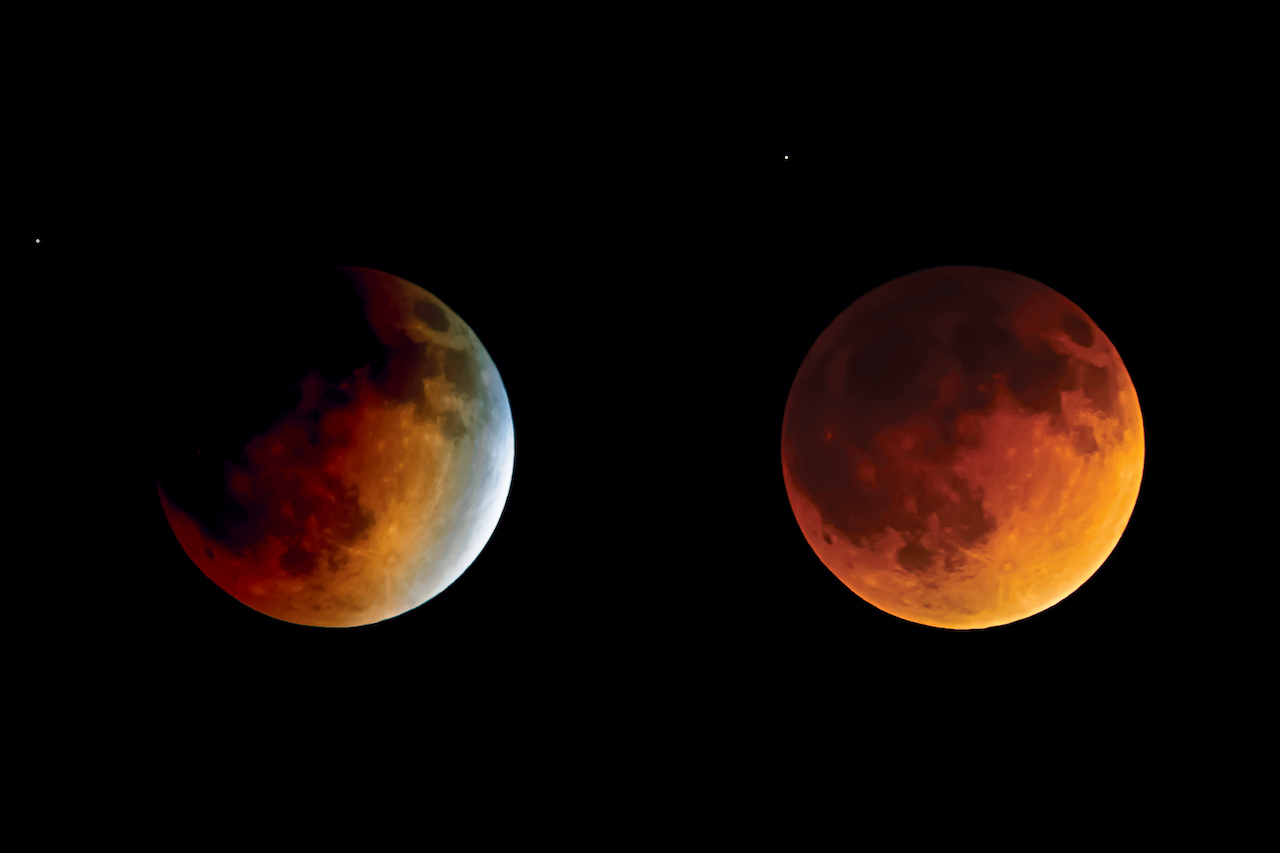
Lunar Eclipse (May 5, 2023)
According to the SeaSky astronomical observation platform, a partial lunar eclipse happens "when the Moon passes through the Earth’s partial shadow or twilight". During the first week of May, the moon will darken slightly due to this natural phenomenon.
It is possible, according to the atmospheric conditions from where it is observed, that the satellite acquires a copper or red coloration. According to NASA calculations, it will be visible throughout Asia and Australia. Although it will not be seen in the Americas, parts of Eastern Europe and the Horn of Africa will also be able to witness it.
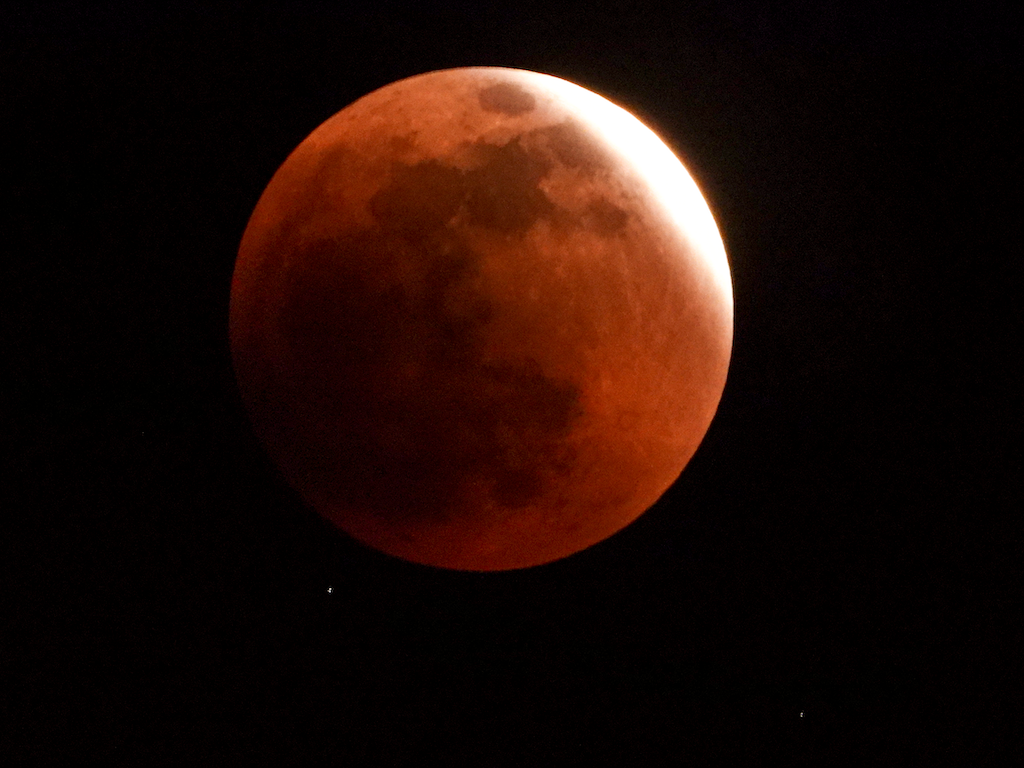
Deer Supermoon (July 3, 2023)
"The Deer Moon occurs in the same period of the year where the male deer grow new antlers," explains linguist Lydia Leija. Therefore, this month’s moon is inherited its name from the close relationship that the native nations of the United States and Canada had with these animals.
The first week of July, a Supermoon will illuminate the night sky. Like the first of the 4 supermoons of the year, it is possible to make the other objects in the sky pale with its radiance. As the satellite will be physically closer to Earth, it may look a little larger than usual. Therefore, it will also be one of the most impressive astronomical events of 2023.
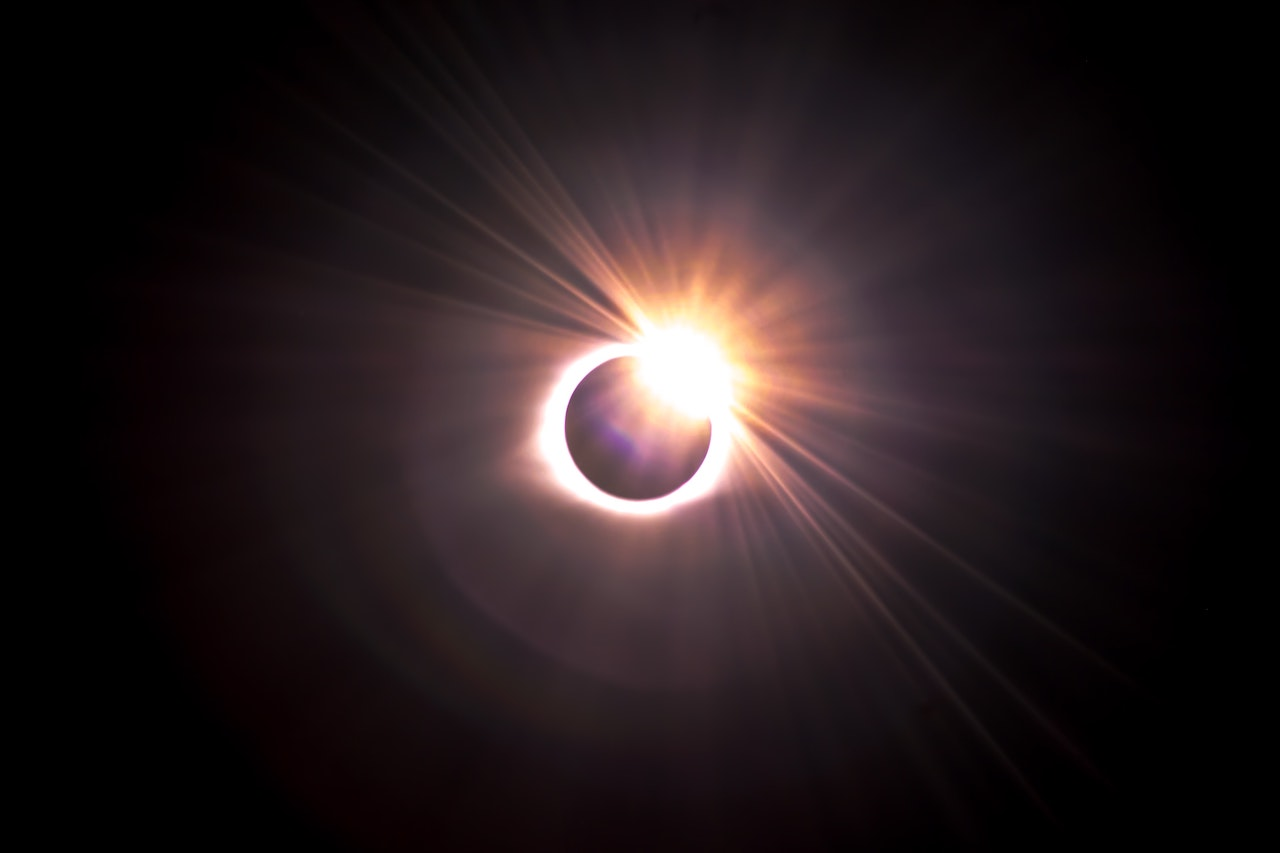
Hybrid solar eclipse (20 April 2023)
This phenomenon generates intrigue for astronomers and observers of the sky because it "happens only a few times per century," documents Space. This event combines the characteristics of partial, total and annular eclipses.
Viewers who want to experience a hybrid solar eclipse will have different experiences, depending on the time and place from where they observe the phenomenon. These are the possible scenarios:
If you look in the afternoon, you will briefly see a ring of fire.
At noon, you’ll see a total eclipse.
The next hybrid solar eclipse will occur on April 20, 2023. It will be visible only in the southern hemisphere. According to NASA calculations, "it will go from annular to total and vice versa at two specific points, but both are in remote locations at sea".
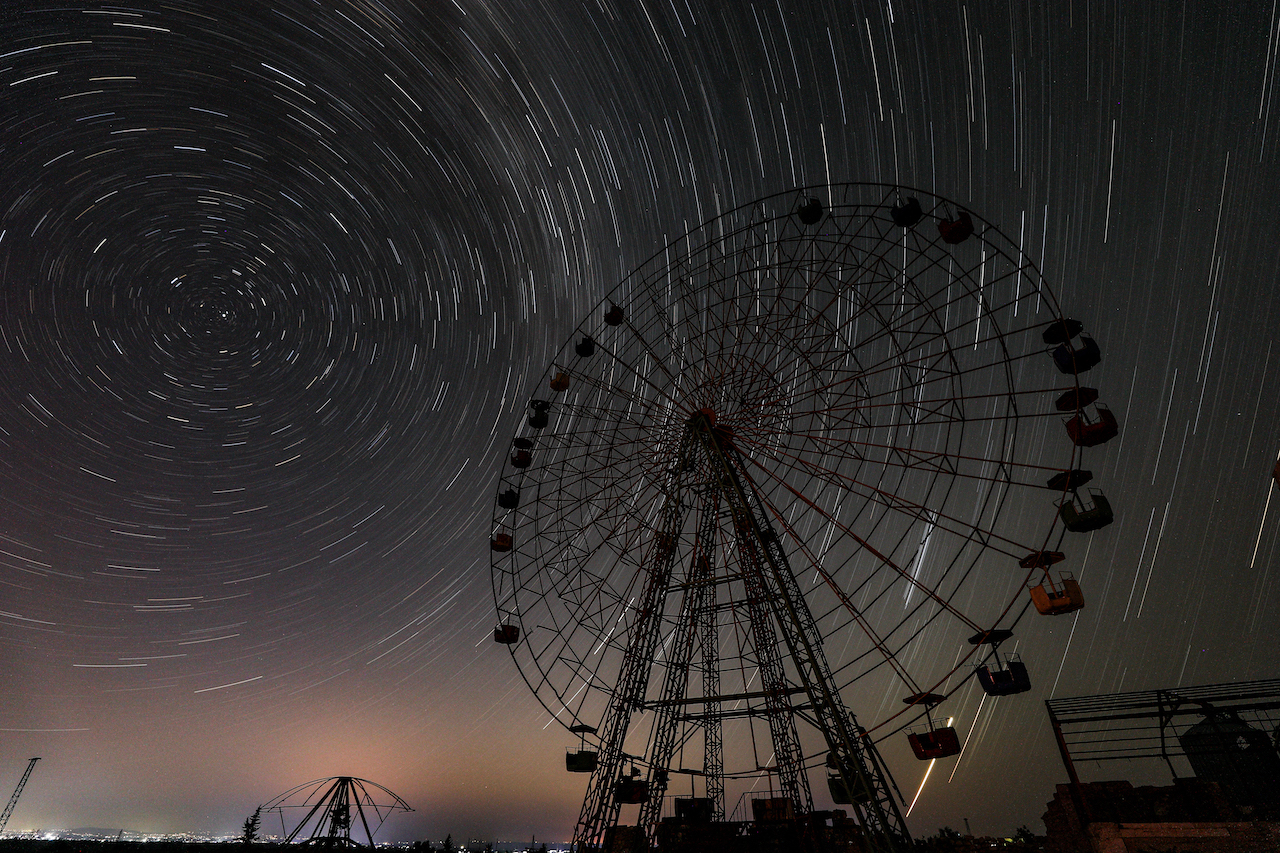
Perseids (12 and 13 August 2023)
With at least 60 meteors per hour, the Perseid rain will be one of the most colorful astronomical events of 2023. As every year, in the second half of August the maximum observation point will be reached, as the Earth will cross through a cloud of cosmic dust that left the comet Swift-Tuttle in its path.
The Perseids are one of the most popular star showers in the northern hemisphere at their intensity and arrival in the middle of summer, an ideal time to see them during warm nights. To enjoy this astronomical phenomenon it is not necessary to use a telescope or other optical instrument: it is enough to find a site with the least light pollution and a view of the celestial vault as wide as possible.
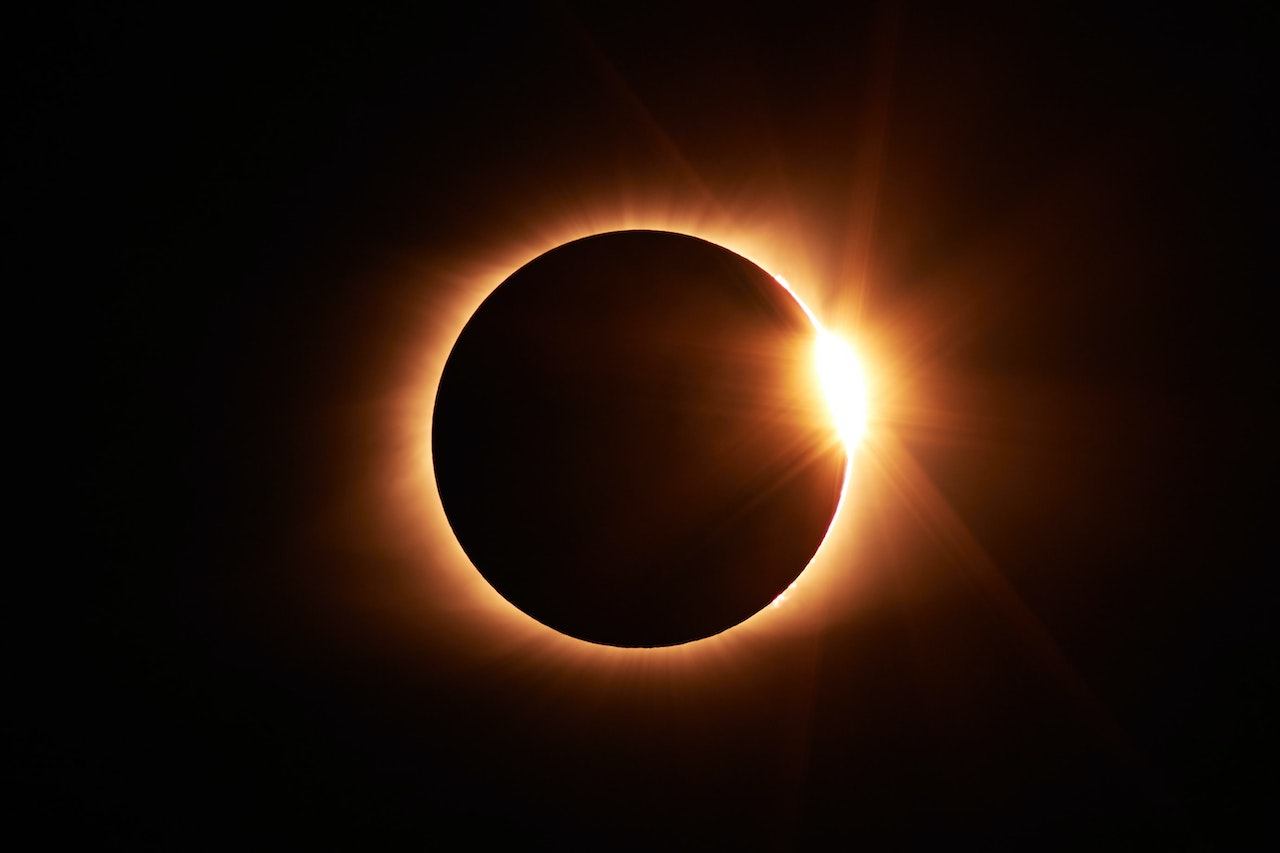
Ring of Fire (October 23, 2023)
Among the astronomical events that will star in 2023, is an annular eclipse of the sun. On October 14, 2023, Mexico’s sky will darken under the influence of a ring of fire. According to the calculations of the National Autonomous University of Mexico (UNAM), "the Sun, the Moon and the Earth will align [...] on the Yucatan peninsula".
Consequently, the sky will not be completely dark. On the contrary, a golden halo will form over the celestial vault. This is the first time in 30 years that a similar event will be seen in the country. (National Geographic) (Photos: AFP, Getty Images, IG: @lau.s. photography, Unsplash and AFP)